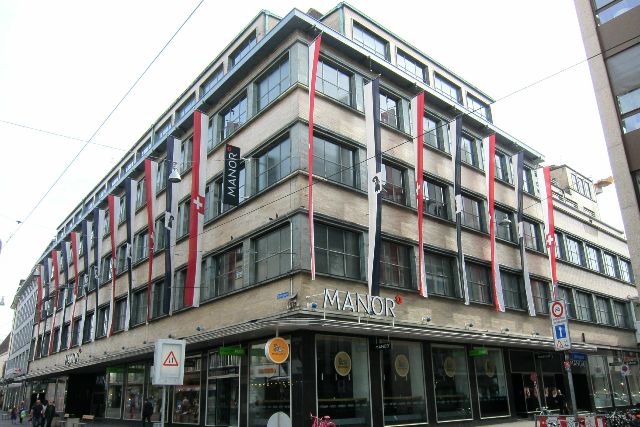Mirror Therapy for Stroke and Nerve Recovery
작성자 정보
- Agnes 작성
- 작성일
본문

This innovative approach used in neurorehabilitation to help patients recover movement and alleviate discomfort after conditions like brain injury, nerve damage, or prosthetic adaptation. The method uses a mirror to create a perceptual trick that stimulates neural misperception into thinking the paralyzed limb is moving normally. This visual feedback can help reorganize brain circuits and enhance coordination.
To begin mirror therapy, you will need a a flat reflective panel and a comfortable, Physiotherapie Basel quiet space. Mount the mirror perpendicular on a stable surface so that it displays the functional extremity. Hide the impaired limb from sight. In practice, if the left arm is impaired or nonfunctional after a stroke, set the paralyzed limb in the rear and the healthy limb in view. Ensure the angle is precise so that when you move your functional side, its reflection looks exactly like the paralyzed extremity activating.
When properly arranged, perform controlled exercises with your healthy side while focusing on the visual feedback. You can try flexing and extending fingers, circling the joint, or performing finger-thumb opposition. Your aim should be to visualize as if it were the injured side activating. Feel as though the action is generated by the paralyzed region. Perform sessions lasting 10–15 minutes, two to three times per day.
Consistency is key. Recovery can span weeks to months, depending on the degree of impairment. Numerous individuals describe reduced phantom limb pain after prosthetic fitting or improved hand function after cerebral event. This technique is effective due to the brain’s visual system bypasses impaired neural pathways, prompting the movement center to rewire itself and recover function.
Professional oversight is advised for mirror therapy with a licensed clinician, during initial sessions. Professionals can adapt the movements to your individual needs and track improvements. Refrain from forcing movements or inducing discomfort. When discomfort arises, stop and consult your therapist.
It requires minimal investment, drug-free, and can be practiced in your living space once you are confident in the method. It is often combined with other rehabilitation methods like muscle conditioning, neuromuscular stimulation, or digital rehab platforms for better outcomes. Many patients find mirror therapy encouraging because they can see progress visually, which boosts motivation.
This is not a miracle treatment, mirror therapy is a critical component in nerve regeneration. It gives individuals agency to take charge of their recovery and can lead to measurable gains in motor control, feeling, and daily functioning.
관련자료
-
이전
-
다음
